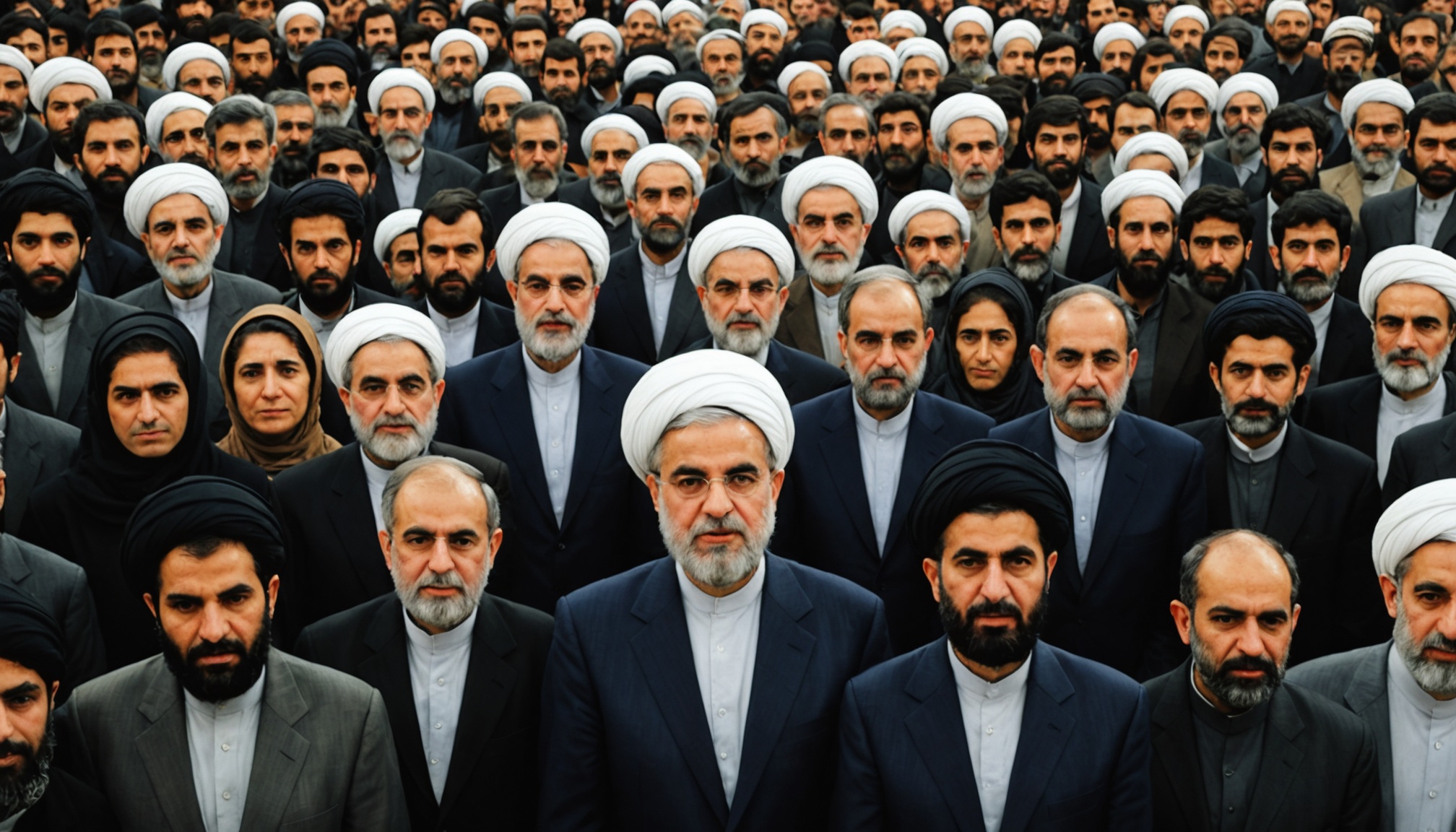The Iranian resistance embodies a complex tapestry of political and social movements, uniting diverse voices against the regime. With a rich history marked by key players and evolving alliances, these resistance efforts reflect both grassroots aspirations and geopolitical maneuvering. Understanding these dynamics is essential for grasping the fight for change within Iran and its broader implications in the Middle East. Explore the motivations, challenges, and recent developments shaping this ongoing struggle.
Overview of the Iranian Resistance Movement
The Iranian resistance movement has a rich history marked by evolution and persistence. Initially emerging as a response to political dissatisfaction and social injustices, the movement was propelled by the vision of a more democratic and fair Iran. Over the years, various driving forces such as political oppression, economic struggles, and the quest for social justice have fueled the Iranian resistance. One of the most fundamental motivations has been the pervasive desire for individual freedoms and human rights, reflecting a universal cry against authoritarian regimes.
Also to discover : How are UK schools promoting environmental awareness among students?
Despite significant progress, the movement faces numerous challenges. Internal repression by the regime, characterized by intimidation and violence, remains a critical hurdle. Furthermore, factionalism within the movement poses threats to unity, weakening efforts to rally against a common adversary. These challenges, coupled with the international diplomatic landscape, present a complex battleground for the Iranian opposition. As these issues persist, the resilience and adaptability of the Iranian resistance are being tested, shaping its strategies and future trajectory amid ongoing uncertainties.
Key Players in the Iranian Resistance
Overview of Major Opposition Groups
Iran hosts a spectrum of opposition groups vehemently opposing the dominant regime. The National Council of Resistance of Iran (NCRI) stands at the forefront, aiming for a democratic Iran by uniting various dissident factions. Founded by Massoud Rajavi, the NCRI encompasses several entities, notably the People’s Mujahedin of Iran (MEK), which fervently campaigns against the regime’s hold on power. These groups represent the driving forces of resistance, advocating for political change through various forms of activism.
Also to discover : Discover authentic japanese pokemon cards online today!
Profiles of Notable Iranian Dissidents
Iranian dissidents play a critical role in the ongoing struggle against authoritarian rule. Figures like Maryam Rajavi, the president-elect of the NCRI, symbolize hope for a secular and democratic Iran. Through their relentless campaigning, these Iranian political activists have drawn significant international attention to their cause, amplifying the voices of Iranian resistance fighters committed to this perilous journey.
Significant Events that Shaped the Resistance Movement
Key events have profoundly impacted the history of the Iranian resistance. Large-scale protests and uprisings during the 2009 Green Movement left a notable imprint, showcasing nonviolent resistance in Iran. More recently, persistent grassroots movements in Iran reflect a growing consensus against economic hardship and governmental policies. These events underscore the resilience and unity among Iranian resistance factions, rallying both domestic and international support for a transformative future.
The Role of International Support and Grassroots Movements
International NGOs and Their Impact
International nongovernmental organizations (NGOs) have played a pivotal role in supporting the Iranian resistance. Their efforts often focus on raising global awareness about the challenges faced by Iranian resistance groups. These NGOs provide platforms for Iranian dissidents to voice their concerns and advocate for human rights. They also facilitate dialogue between the Iranian diaspora and the global community, thereby strengthening international support for Iranian resistance.
Grassroots Efforts and Local Activism
Grassroots movements in Iran are critical in mobilizing public sentiment against the regime. These movements, often initiated by local activists, aim to address economic and social grievances through organized protests against the Iranian regime. These demonstrations reflect a unified desire for change, highlighting the collective resilience and determination despite ongoing repression.
Social Media’s Role in Mobilizing Support for the Resistance
The influence of social media in Iranian resistance is immense, serving as a tool for nonviolent resistance in Iran. Platforms like Twitter and Instagram enable the rapid dissemination of information, enhancing coordination among Iranian political activists. Social media connects Iranian organizations for change, facilitating a digital sphere where Iranian resistance and human rights advocacy converge. Through these channels, historical narratives and updates on youth activism in Iran are shared widely, sustaining a robust opposition front.











